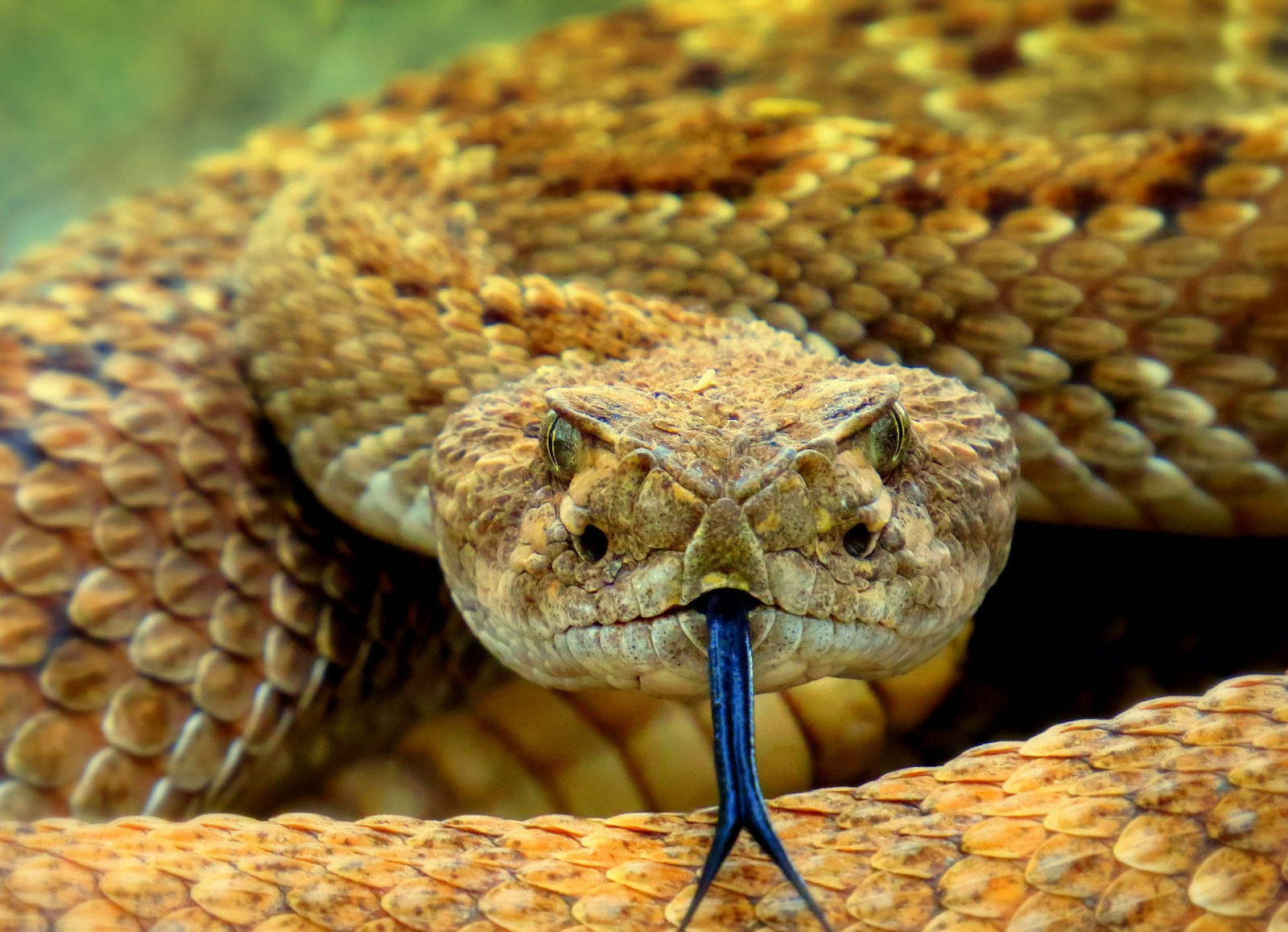The sharp, distinctive sound of a rattlesnake’s rattle can send chills down the spine of even the most experienced hiker. That buzzing warning, reminiscent of dried seeds in a gourd, is one of nature’s most recognizable alarm signals. But what exactly does this ominous sound mean when you’re out on the trail? Is it always a prelude to an attack, or does it serve a more complex purpose in the rattlesnake’s communication system? Understanding the true meaning behind a rattlesnake’s rattle can not only help ease unfounded fears but also provide crucial knowledge that might save lives during wilderness encounters.
The Anatomy of a Rattlesnake’s Rattle
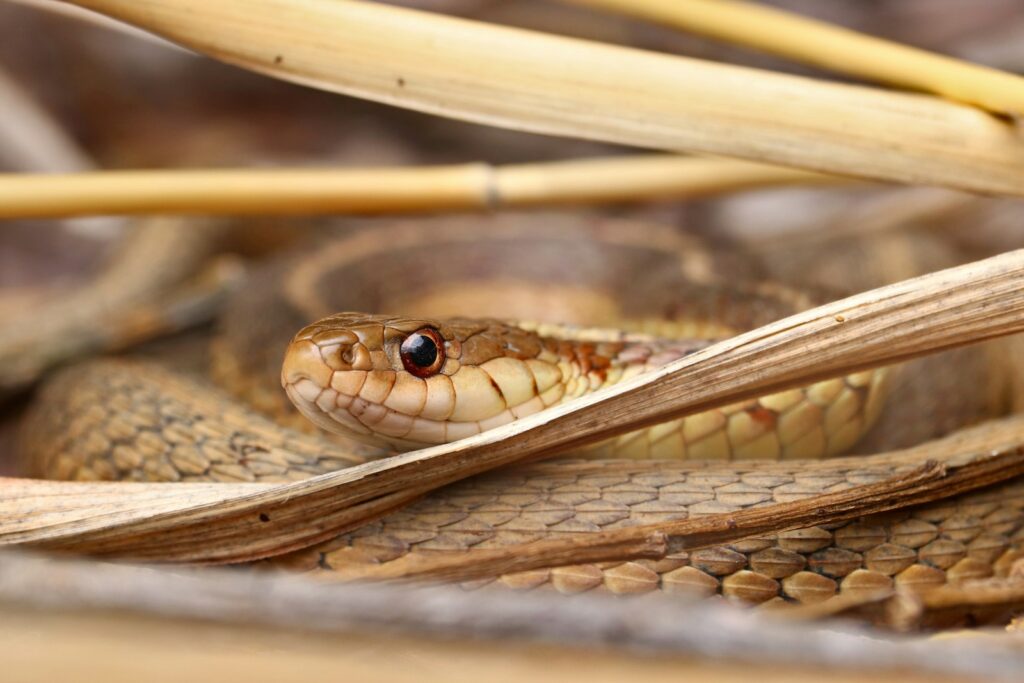
Contrary to popular belief, a rattlesnake’s rattle isn’t filled with seeds or beads. Instead, it consists of a series of interlocking, hollow keratin segments—the same protein that makes up our fingernails and hair. Each time a rattlesnake sheds its skin, a new segment is added to the rattle, though this doesn’t reliably indicate age since snakes may shed multiple times per year depending on growth rate and food availability. The segments fit loosely together, and when the snake vibrates its tail muscles at speeds up to 50 times per second, these segments click against each other to produce the distinctive buzzing sound. The hollow design of these segments acts as an amplifier, allowing the warning to be heard from surprising distances, sometimes up to 60 feet away in ideal conditions.
Primary Function: A Warning System
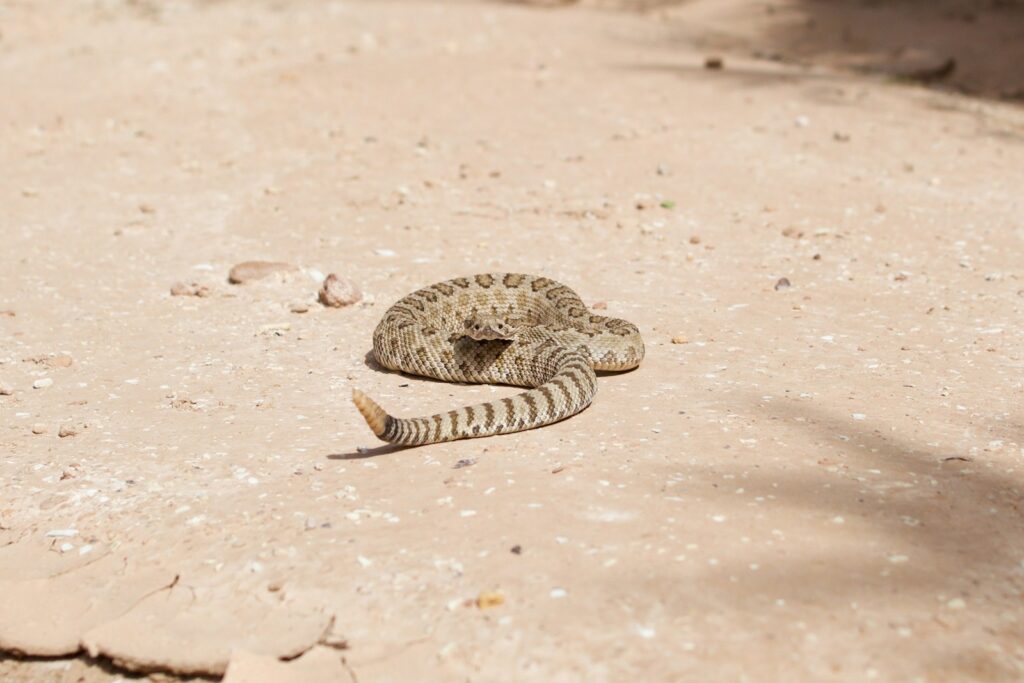
The rattlesnake’s iconic sound primarily functions as a defensive warning system rather than an aggressive threat. Rattlesnakes are generally non-confrontational creatures that prefer to avoid encounters with larger animals, including humans. When a rattlesnake feels threatened by an approaching hiker, it uses its rattle as a polite but urgent request to be left alone. This warning signal evolved as an energy-efficient defense mechanism—it requires less effort and risk than striking at potential threats. In the evolutionary context, rattlesnakes with effective warning systems were more likely to survive encounters with large mammals that might otherwise accidentally step on them, leading to the refinement of this communication tool over millions of years.
Reading the Intensity: What Different Rattling Patterns Mean
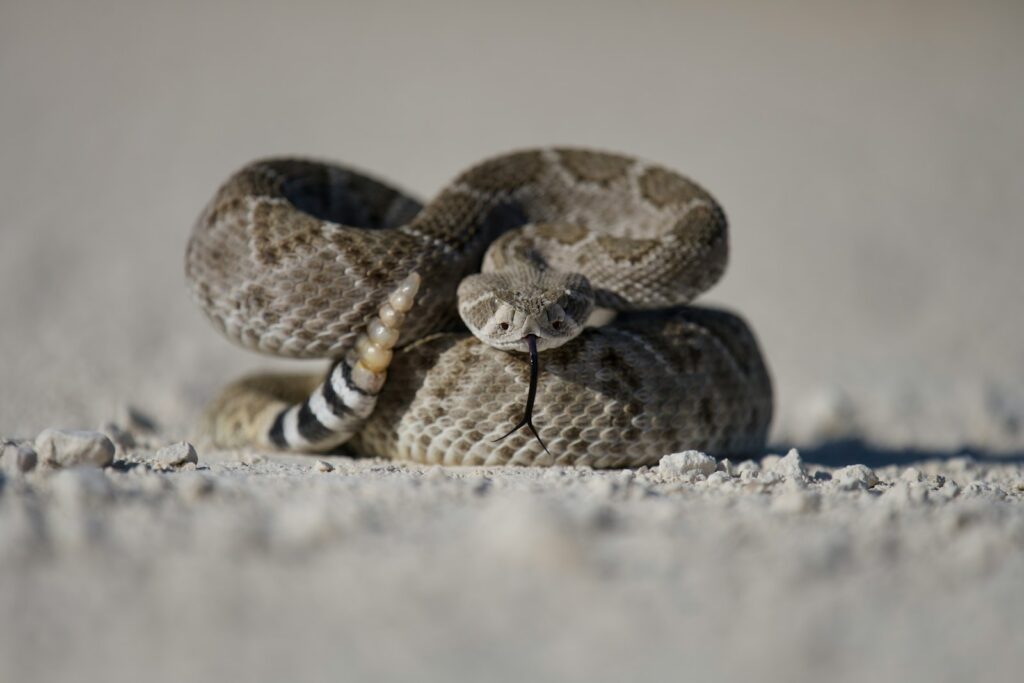
Not all rattling sounds carry the same message, and experienced naturalists can interpret different patterns. A rapid, intense rattle typically indicates a highly agitated snake that feels immediately threatened and may be preparing to strike if the threat doesn’t retreat. A slower, more intermittent rattle often suggests a snake that has detected your presence but doesn’t yet feel critically endangered—it’s essentially saying, “I’m here, please keep your distance.” Some rattlesnakes may start with a gentle warning and increase intensity as a threat draws nearer, effectively communicating escalating levels of discomfort. Understanding these nuances can help hikers gauge how to respond appropriately when encountering these reptiles in their natural habitat.
Silent Rattlesnakes: When They Don’t Warn
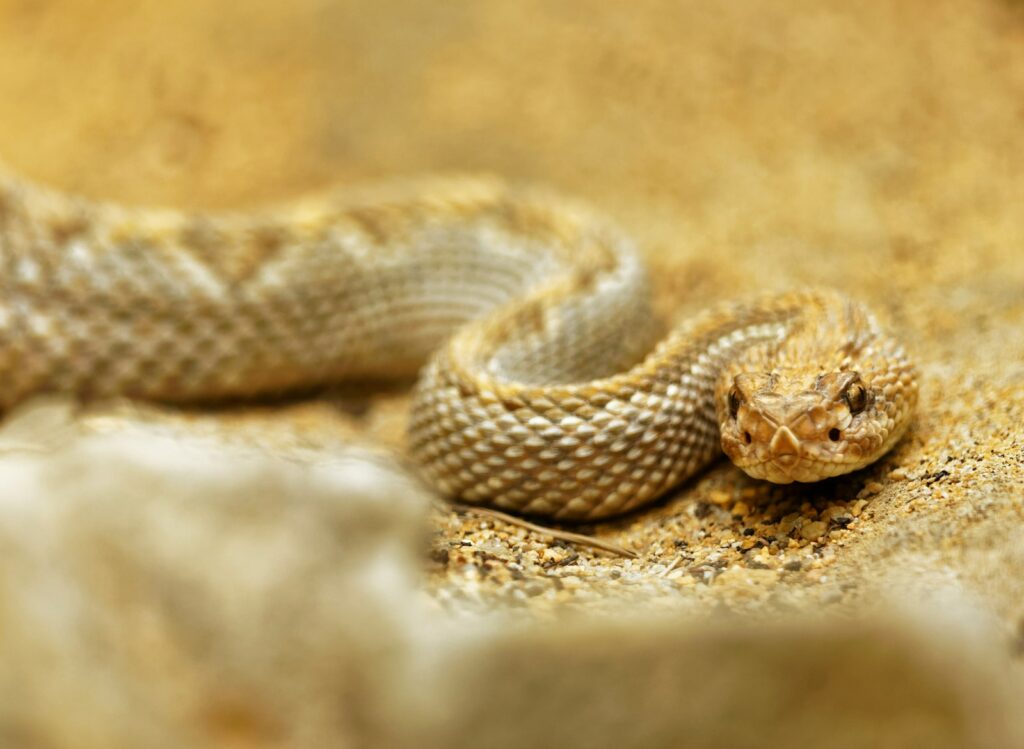
Despite their reputation for always announcing their presence, rattlesnakes don’t always rattle before striking. In some circumstances, a rattlesnake may strike silently if it feels immediately threatened or is caught by surprise. Young rattlesnakes, which may have only a button (the first segment of a rattle) and not a fully developed rattle, might strike without the ability to produce a warning sound. There’s also emerging evidence suggesting that in areas with high human traffic, some rattlesnake populations may be developing behaviors that involve less rattling, possibly because rattling attracts human attention that often leads to the snake being killed. This behavioral adaptation underscores the importance of remaining vigilant on trails, especially in rocky areas where rattlesnakes commonly bask.
Species Variations in Rattling Behavior
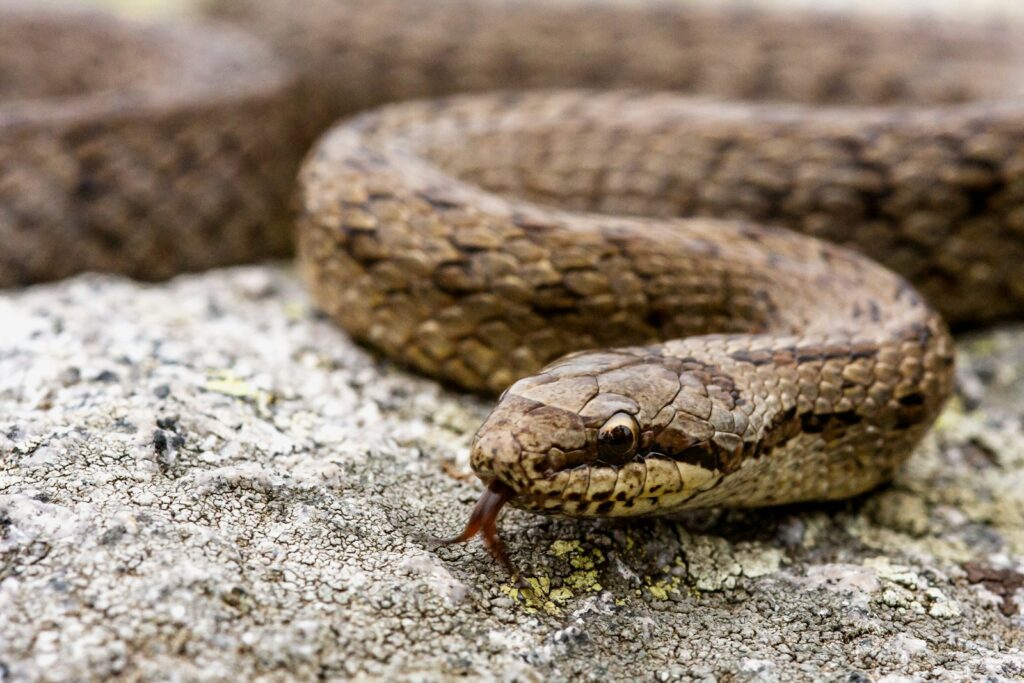
Not all of the approximately 36 species of rattlesnakes use their rattles with the same frequency or in the same contexts. The Western Diamondback Rattlesnake (Crotalus atrox) tends to be more aggressive with its warning system, often rattling loudly and persistently when disturbed. In contrast, the Timber Rattlesnake (Crotalus horridus) may be more reserved, sometimes relying on camouflage rather than sound as its first line of defense. The Mojave Rattlesnake (Crotalus scutulatus), known for its potent neurotoxic venom, often gives shorter warning periods before striking compared to other species. These variations in rattling behavior reflect different evolutionary pressures and habitat adaptations among rattlesnake species, making it important for hikers to familiarize themselves with the specific species common to their hiking areas.
Environmental Factors Affecting Rattling
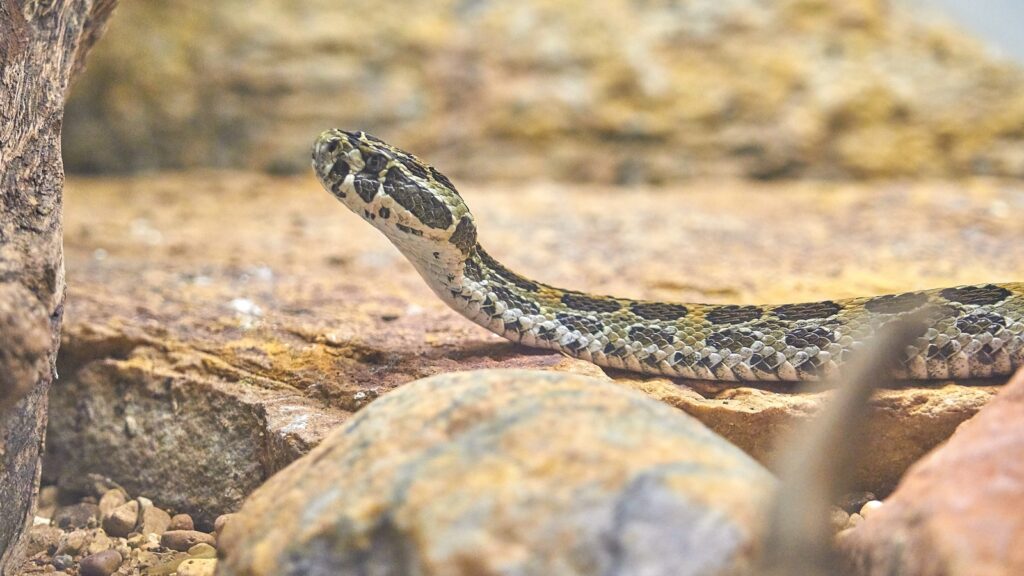
The rattlesnake’s warning behavior isn’t consistent across all environmental conditions, which adds another layer of complexity to trail encounters. Temperature significantly impacts rattlesnake behavior—in cooler conditions, when their metabolism slows, rattlesnakes may be less likely to expend energy rattling and might strike with less warning. During extreme heat, rattlesnakes may be more irritable and quicker to defend themselves with both rattling and striking. Seasonal factors also play a role, with rattlesnakes generally more active and potentially more defensive during breeding season in spring and early summer. Additionally, the acoustic properties of the surrounding environment affect how far the rattling sound carries—dense vegetation may muffle the sound, while rocky canyons might amplify it, creating varying safety zones for hikers in different terrains.
The Right Response to a Rattling Warning
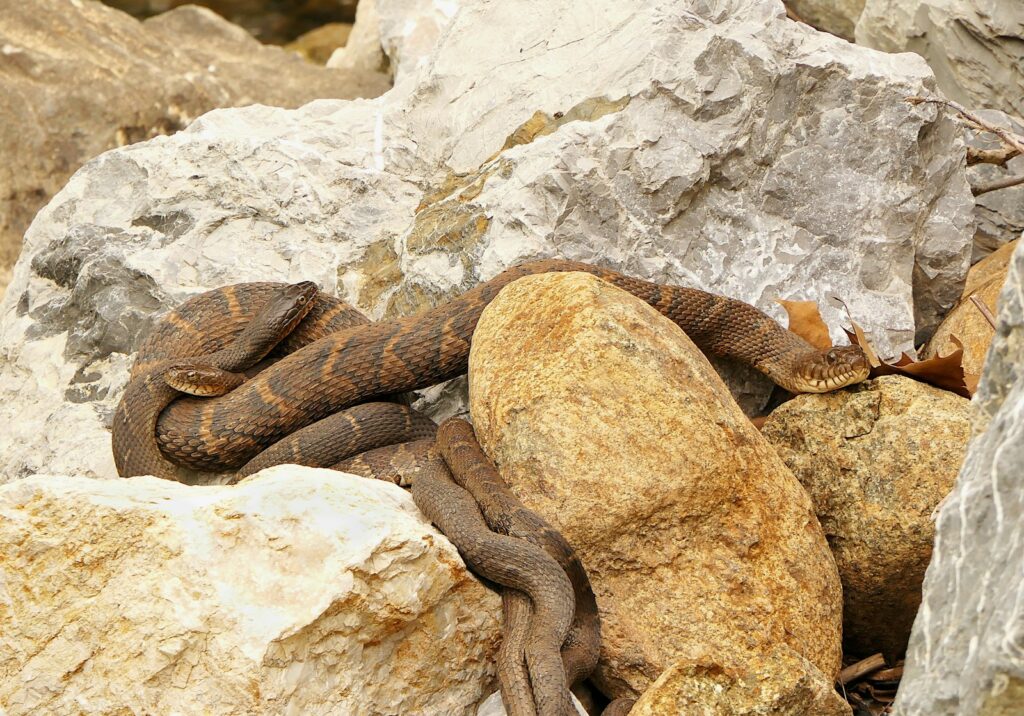
When a hiker hears the distinctive buzz of a rattlesnake, the proper response can make the difference between a dangerous encounter and a peaceful parting. The first rule is to stop moving immediately to assess the situation, as continued movement may be interpreted as an advancing threat. Slowly and calmly back away from the sound without making sudden movements that might startle the snake into a defensive strike. Maintain a respectful distance of at least 5-6 feet, which is beyond the striking range of even the largest rattlesnake species. Never attempt to move, touch, or provoke the snake, regardless of how small or non-threatening it may appear, as even juvenile rattlesnakes possess dangerous venom. Remember that the snake is not chasing or hunting you—it’s requesting space, and honoring that request is the safest course of action for both parties.
Prevention: Avoiding Rattlesnake Encounters
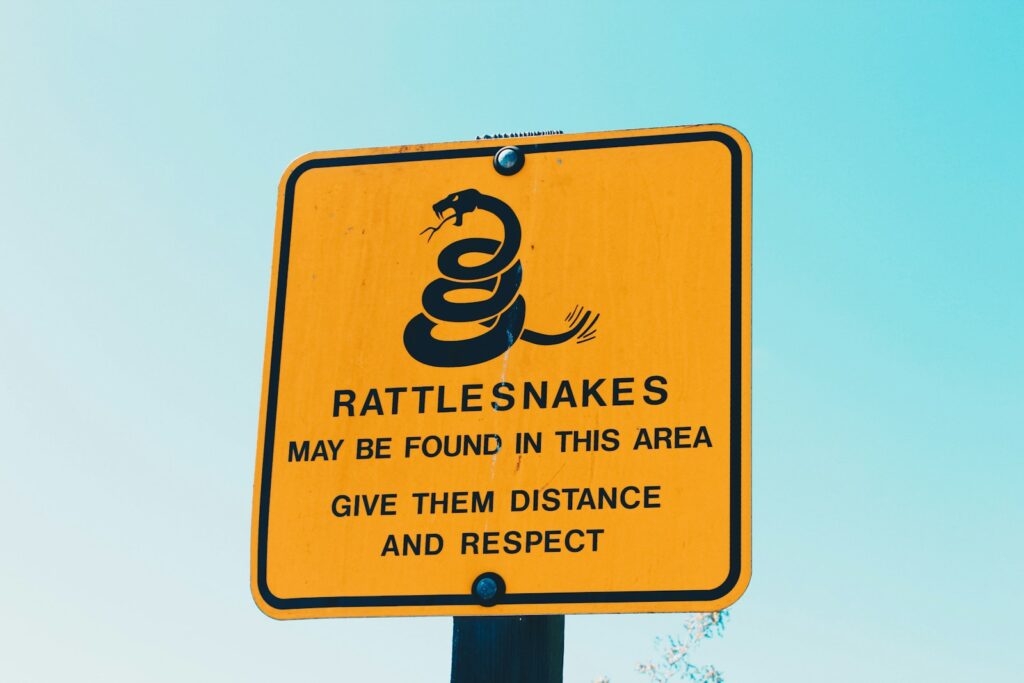
The best way to handle rattlesnake encounters is to prevent them altogether through proper hiking practices. Wear appropriate footwear such as high-top boots or hiking gaiters when traversing known rattlesnake habitat, as most bites occur on the lower legs and ankles. Stay on established trails where visibility is better and snakes are less likely to be surprised by your approach. Use hiking poles to probe areas ahead of you when walking through tall grass or rocky terrain where visibility is limited. Remain especially vigilant during morning and evening hours in warm months, when rattlesnakes are often active but may still be sluggish and less likely to move away. Hiking with alert companions can provide extra sets of eyes and ears to detect snakes before getting too close.
Rattlesnake Myths vs. Facts
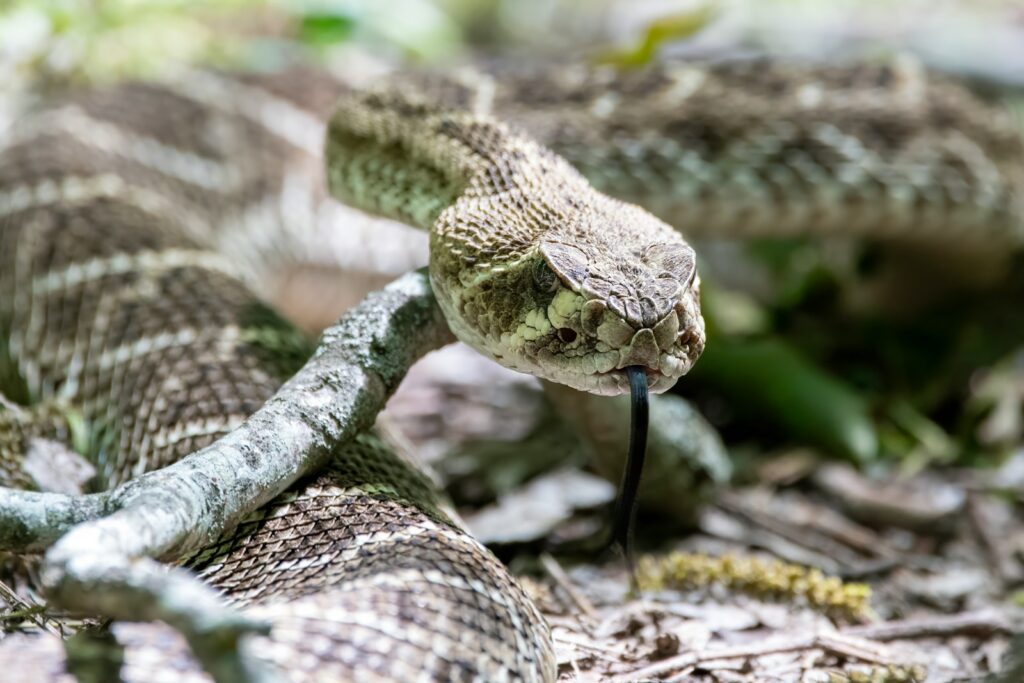
Misinformation about rattlesnakes abounds and can lead to dangerous decisions on the trail. Contrary to popular belief, rattlesnakes cannot jump or lunge great distances—their maximum strike range is typically about half their body length, rarely exceeding 3-4 feet even for large specimens. Baby rattlesnakes don’t have more potent venom than adults; while they may deliver a full dose more frequently (lacking the control of adults), the venom itself is not more toxic. The notion that rattlesnakes always travel in pairs is false; they are generally solitary creatures except during mating season. Perhaps most dangerously, the myth that sucking venom from a bite helps has led to harmful delays in seeking proper medical treatment—modern first aid for rattlesnake bites focuses on immobilization and rapid transport to medical facilities, not field treatments that can worsen outcomes.
Cultural Significance of the Rattle
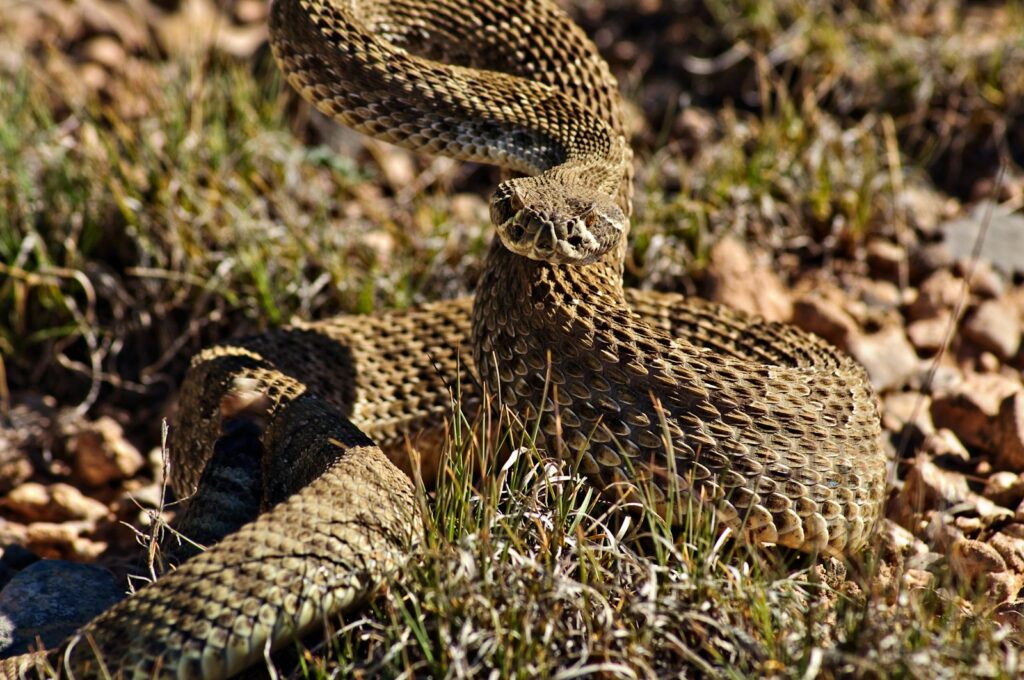
The rattlesnake’s warning system has fascinated humans for centuries, embedding itself in cultural symbolism across North America. Many Native American tribes respected the rattlesnake for its straightforward warning before striking, seeing it as a symbol of fair dealing and honor. The rattlesnake became a powerful early American symbol during the Revolutionary War, appearing on the famous “Don’t Tread On Me” Gadsden flag, where the rattle represented the colonies’ warning to Britain not to infringe upon their liberties. In southwestern folk medicine traditions, rattlesnake rattles were sometimes carried as talismans thought to ward off disease or bring good luck. Even today, the rattlesnake’s honest warning system continues to inspire respect among many outdoor enthusiasts and naturalists who value the snake’s reluctance to strike without provocation.
Conservation Considerations
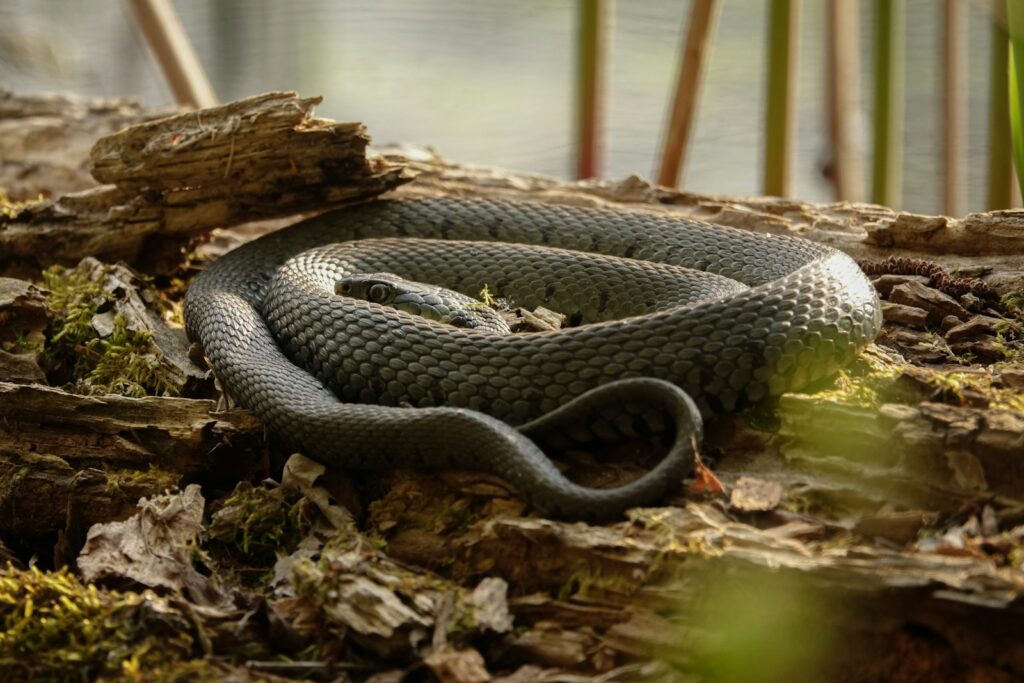
Despite their fearsome reputation, rattlesnakes face significant conservation challenges that affect their populations and behavior. Habitat loss from urban development and agricultural expansion has fragmented rattlesnake territories, forcing them into smaller areas that may bring them into more frequent contact with humans. Deliberate persecution, where snakes are killed out of fear or for sport, continues to impact local populations. Climate change is altering the timing of rattlesnake activity periods and affecting prey availability, which may influence their distribution on hiking trails. Conservation efforts increasingly focus on public education about the ecological value of rattlesnakes, which help control rodent populations that can spread disease and damage crops, highlighting that a healthy respect for these animals serves both environmental and human interests.
Emergency Response to Rattlesnake Bites
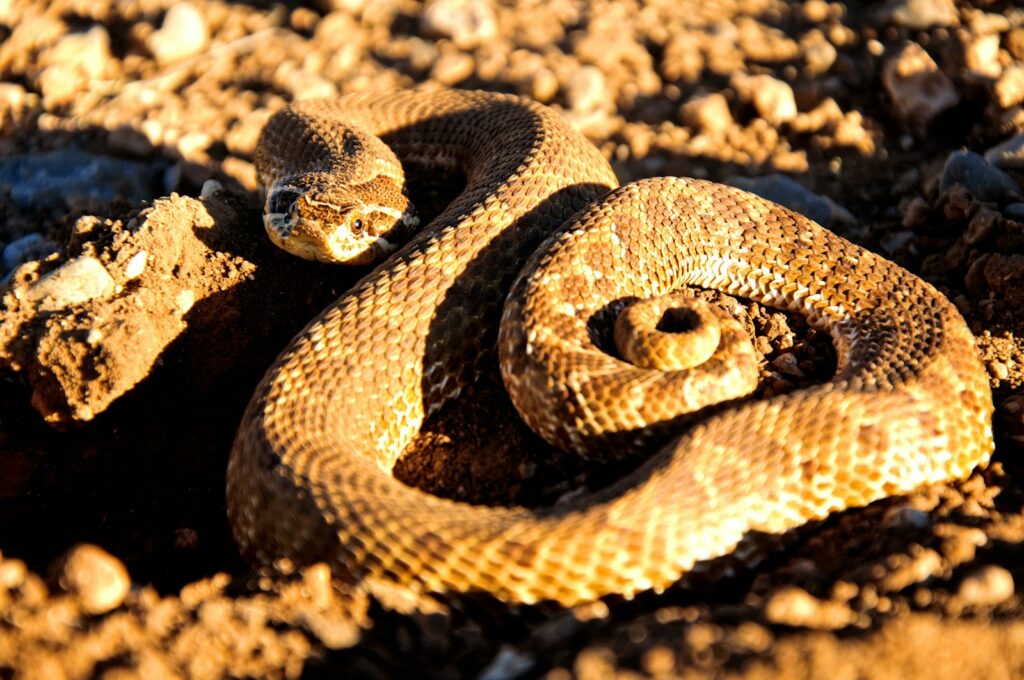
Despite best prevention efforts, rattlesnake bites do occur, making knowledge of proper emergency response essential for hikers. If a bite occurs, the priority is to move away from the snake to prevent additional strikes while keeping the affected limb immobilized and positioned below heart level to slow venom spread. Remove any constricting items like rings or watches from the affected limb, as swelling can progress rapidly. Note the time of the bite and, if possible, take a photo of the snake from a safe distance to aid in identification, which can help medical professionals administer the appropriate antivenom. Do not apply tourniquets, cut the wound, attempt to suck out venom, or apply ice—these folk remedies can increase tissue damage and worsen outcomes. The most critical action is to seek immediate medical attention, ideally by calling emergency services rather than attempting to hike out or drive yourself, as symptoms can progress rapidly and affect coordination.
The Beauty in Respect: Coexisting with Rattlesnakes
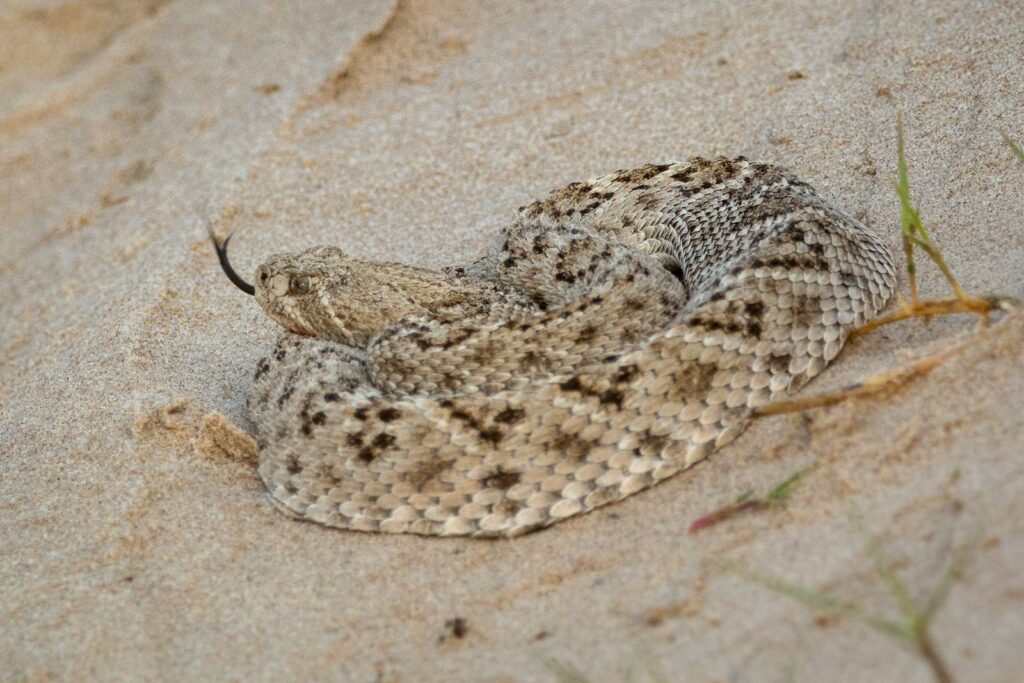
Developing a respectful relationship with rattlesnakes transforms hiking from an exercise in fear to an opportunity for meaningful connection with the natural world. Understanding that rattlesnakes are not malicious but simply defensive animals trying to survive in their habitat allows hikers to appreciate the elegance of their warning system. Many experienced naturalists come to see the rattlesnake’s straightforward communication as refreshingly honest compared to other potentially dangerous wildlife that may attack without warning. Embracing an attitude of mutual respect—giving rattlesnakes the space they request through their rattling—creates safer experiences for both humans and snakes. This perspective shift from seeing rattlesnakes as enemies to viewing them as fellow inhabitants of shared wilderness can greatly enrich the hiking experience, adding depth to our understanding of natural ecosystems and our place within them.
The next time you hear that distinctive buzz on the trail, remember that it represents millions of years of evolutionary development resulting in a communication system designed specifically to avoid conflict. The rattlesnake isn’t threatening you—it’s communicating clearly and honestly about its boundaries. By listening to this message and responding with respect, hikers can navigate rattlesnake country safely while developing a deeper appreciation for one of nature’s most misunderstood creatures. After all, in a world where many dangers come without warning, there’s something remarkably fair about an animal that tells you exactly where it stands—or rather, coils.

